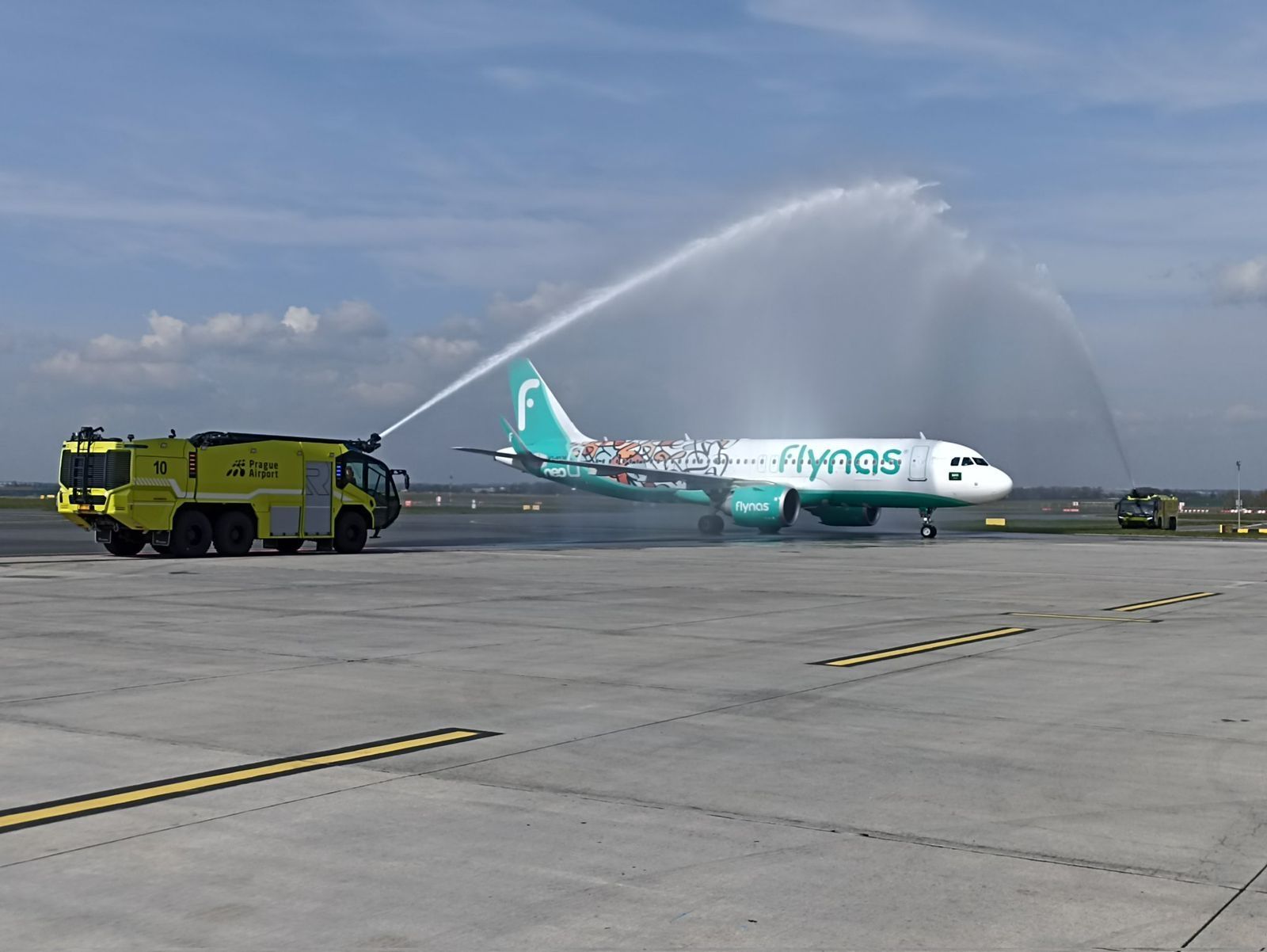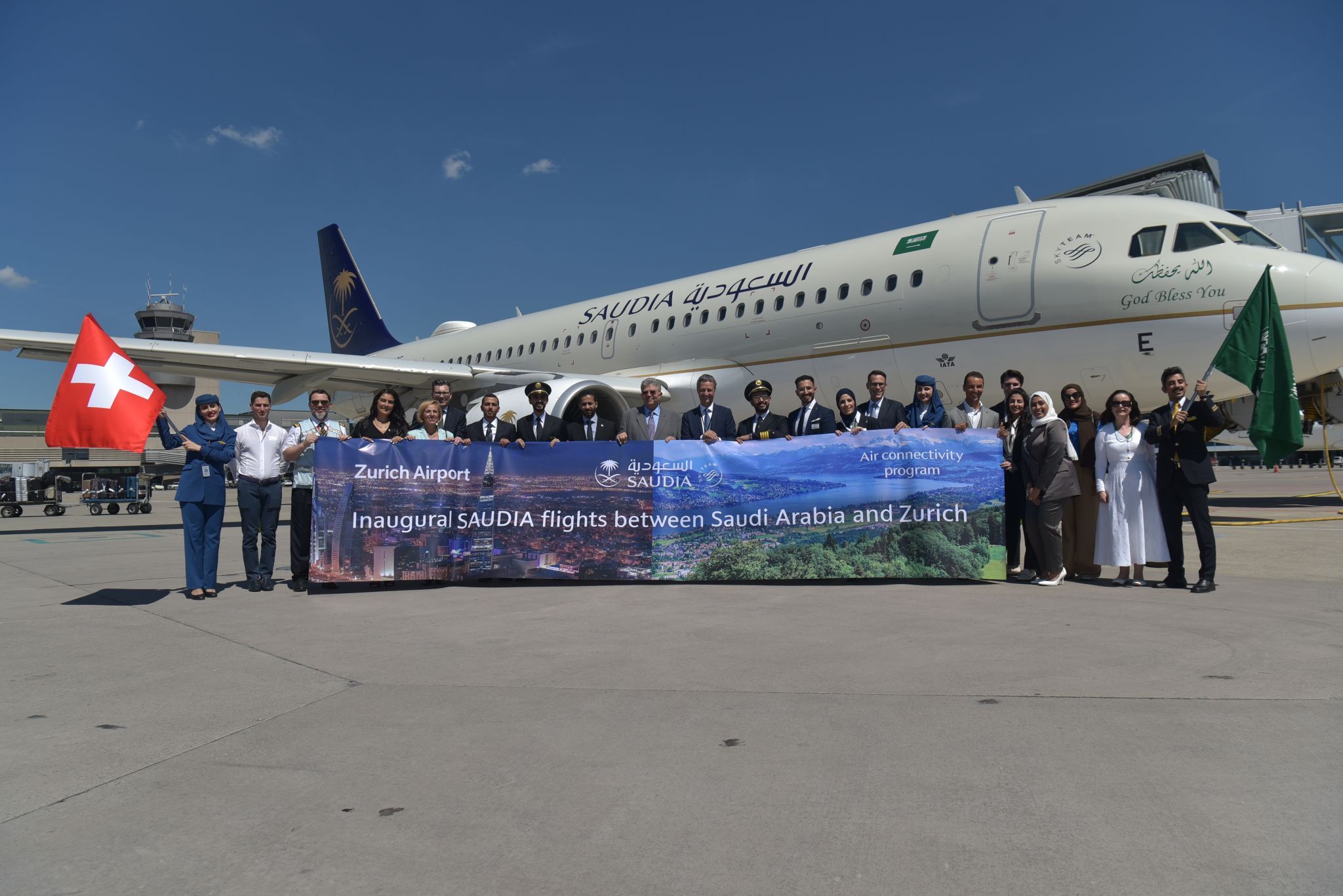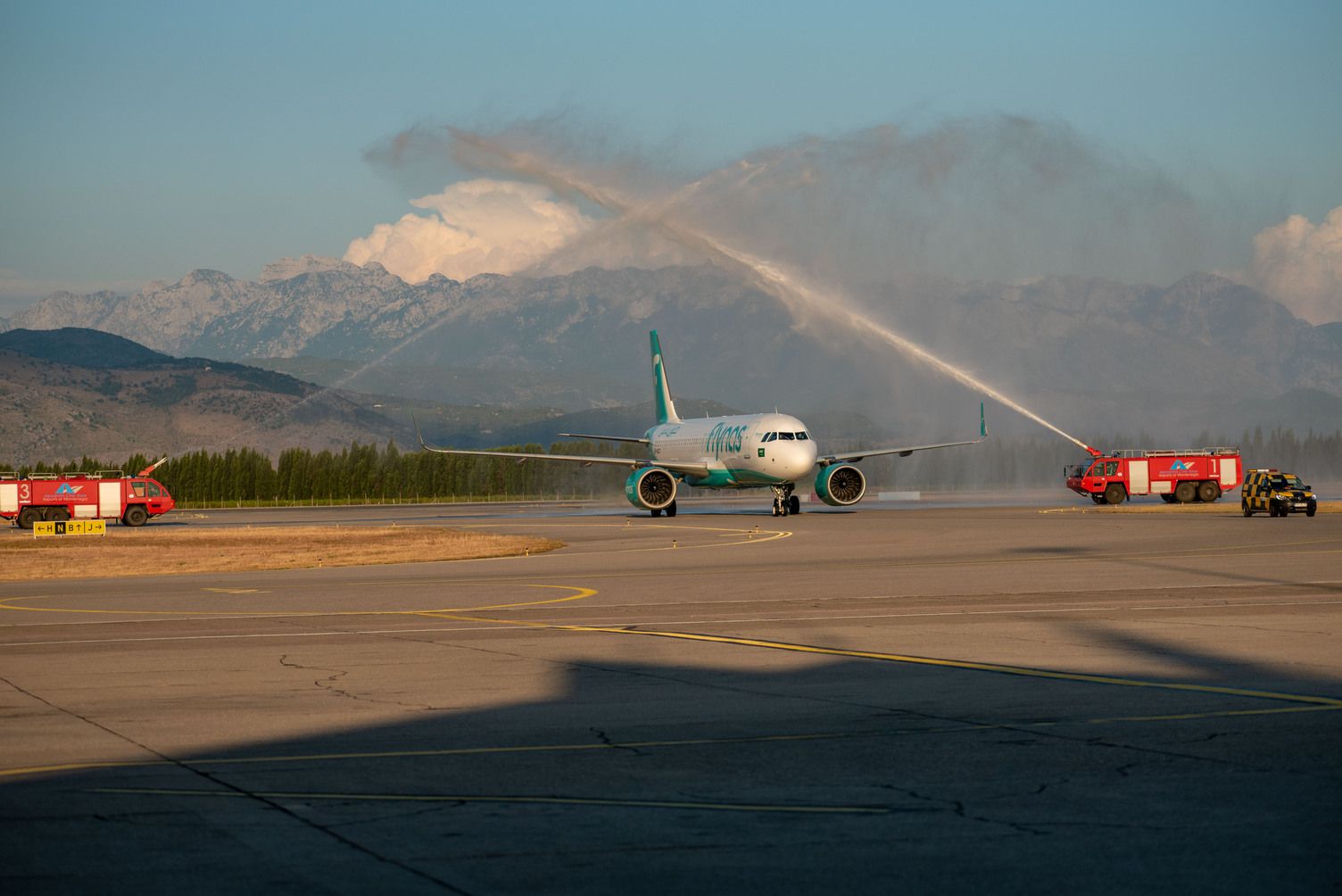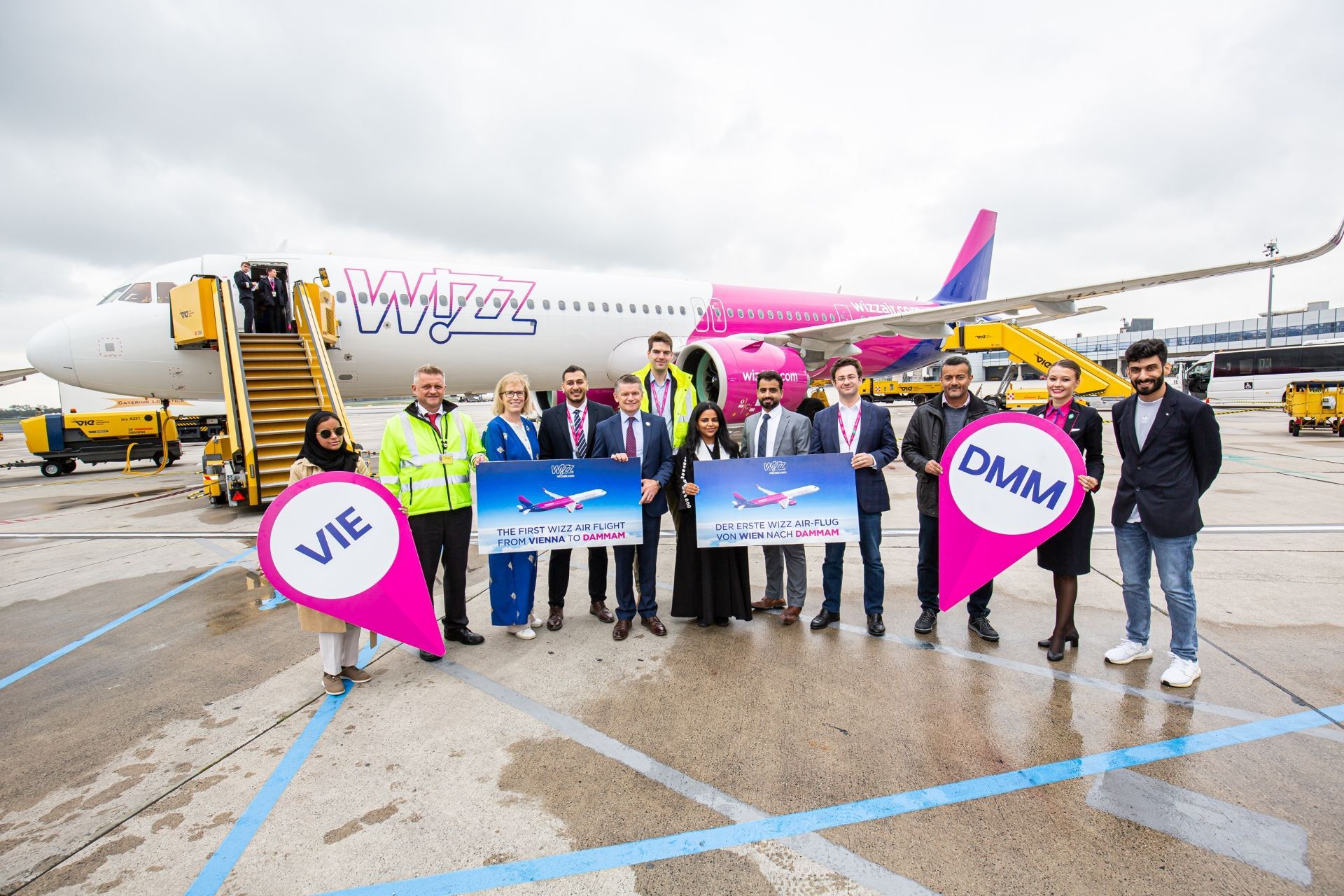Saudi Arabia's Air Connectivity Program (ACP) will play a vital role in achieving the country's highly ambitious Vision 2030. By incentivizing airlines to add many new routes and destinations, de-risking the opportunity for operators, it'll grow passenger volume and economic benefits, diversifying its economy away from oil. I spoke to Khalil Lamrabet, CEO of the ACP.
Summarize the ACP for our readers
Lamrabet: The ACP was established in 2021 to promote collaboration and engagement between critical public and private sector players in the tourism and aviation industries, connecting Saudi Arabia to new destinations.
Our vision is to establish Saudi Arabia as a global leader in tourism air connectivity, enabling a competitive aviation business environment and guiding the Kingdom toward achieving a seamless tourist air access experience.
ACP's mission is to actively stimulate air connectivity and drive Saudi Arabia's tourism ambitions. This is by maximizing the engagement of the whole 'tourism ecosystem' (i.e., all the organizations involved), facilitating collaboration, and building an engaging relationship with prospective and incumbent airlines to drive combined growth in the tourism and aviation industries.
It is a crucial enabler of the Kingdom's Vision 2030 strategy, supporting its objectives to attract millions of visitors each year and extend the country's connectivity to 250+ international destinations by the close of the decade.
Stay aware: Sign up for my weekly new routes newsletter.
Is the ACP critical to Saudi's ambition?
Lamrabet: The disruption and travel restrictions resulting from the COVID-19 pandemic have significantly impacted the aviation industry.
With a considerable portion of the global aviation stakeholders facing a drop in revenues, the need for stronger connectivity has never been more important.
As market operators rebound from a historically difficult period, the tourism ecosystem plays a vital role in the industry's recovery by enabling regulatory environments, coherent policies, quality infrastructure, and comprehensive strategies to facilitate the smooth operation of global supply chains and drive demand.
As a new organization, the ACP operates at the interaction of tourism and air transport. It's a critical enabler, partner, and coordinator of the sector working to develop tourism air connectivity, build market opportunities and partnerships, and unlock new air routes to and from Saudi Arabia.
Discover more aviation news.
Summarize your success so far
Lamrabet: ACP has successfully opened 23 routes from the strategic partnerships within the aviation ecosystem, leading the sector's players to develop air connectivity in the Kingdom and service the increasing tourism demand.
We have inked significant collaboration agreements with domestic and global aviation partners, including Saudia, Wizz Air, flynas, and Seera Group. [Wizz Air started Saudi service in September.]
Our targets are closely linked to the key markets set by the Saudi Tourism Authority, especially North America, Europe, and East Asia – particularly East Asia.
Lots of traveling to spread the word?
Lamrabet: To build long-term partnerships within the aviation ecosystem and raise awareness of the diversity of opportunities that Saudi Arabia's aviation sector has to offer, ACP strives to attend all the leading international and local events on tourism and aviation industries.
With our upcoming participation in the World Travel Market event in London and the World Passenger Symposium event in Bahrain, we aim to strengthen the Saudi aviation and tourism ecosystem's presence on the international stage. It'll demonstrate our commitment to connecting Saudi Arabia with new destinations and ensuring service excellence.
We look forward to furthering our partnerships with national and foreign carriers to drive sector competition, facilitate market entries, and develop world-class amenities that ensure increased capacity and supply in air connectivity.
What do you make of it all? Let us know in the comments.




